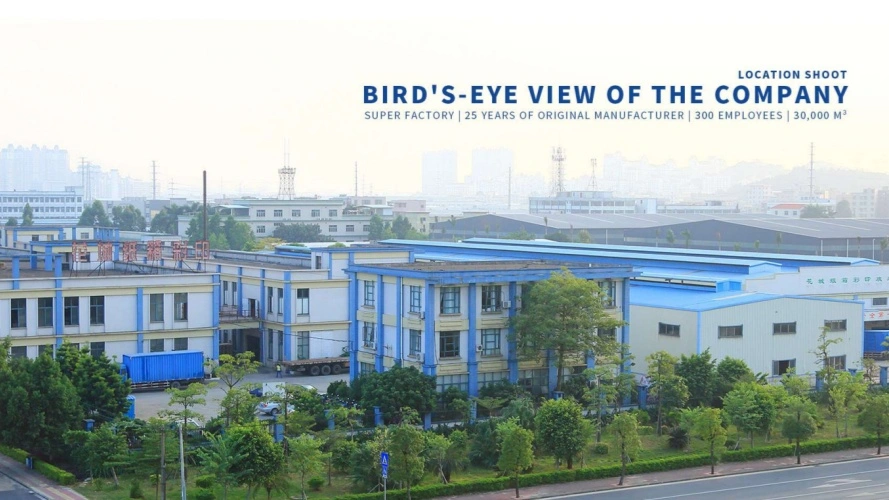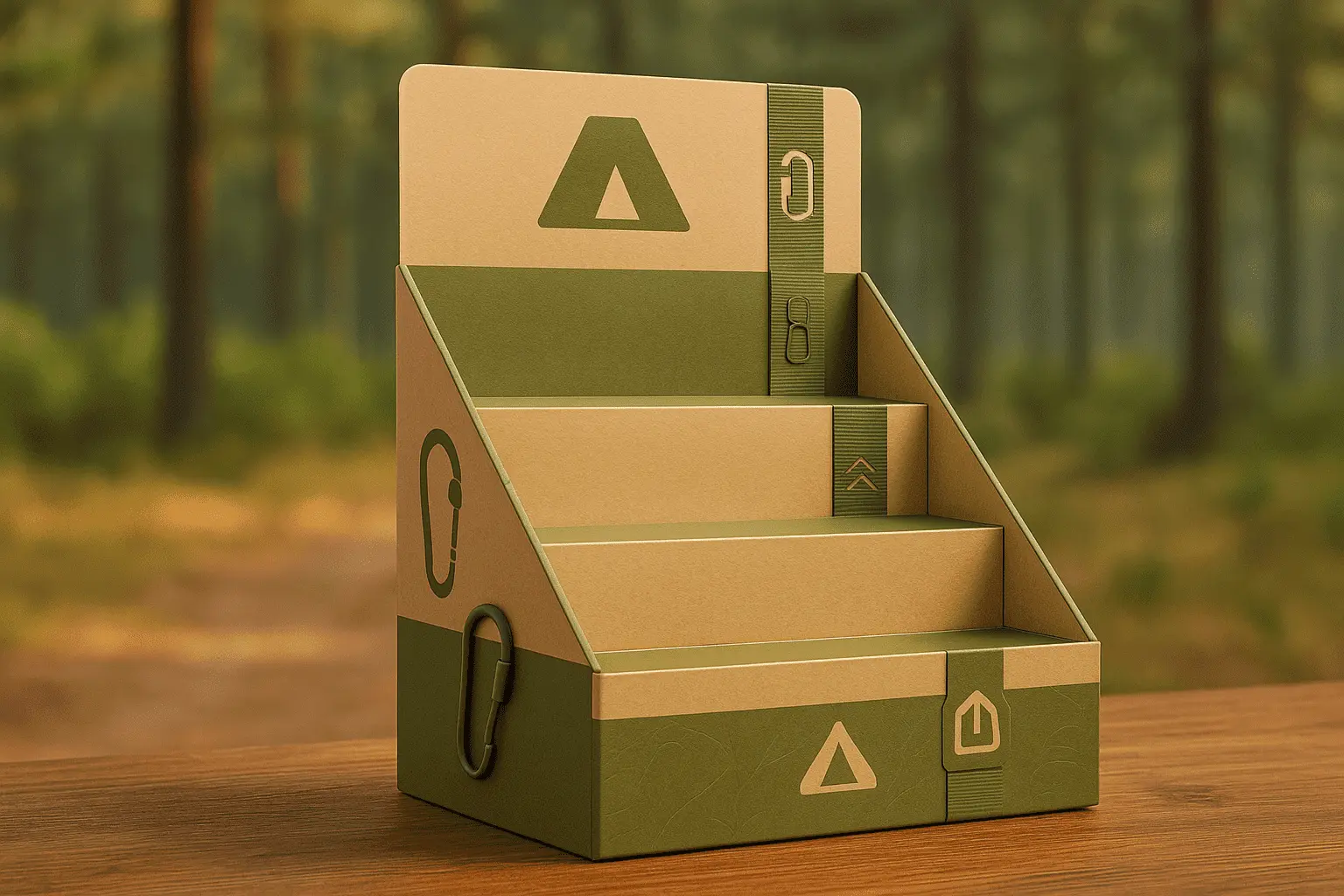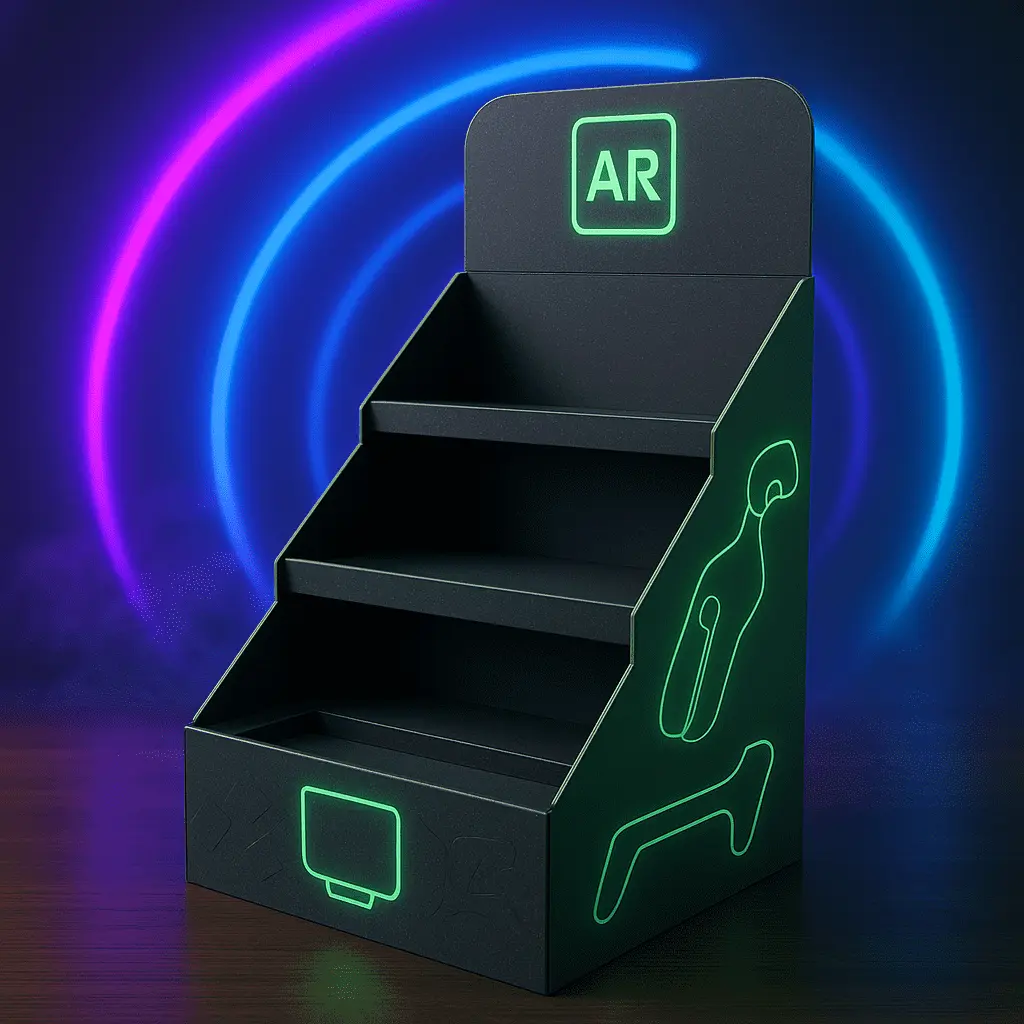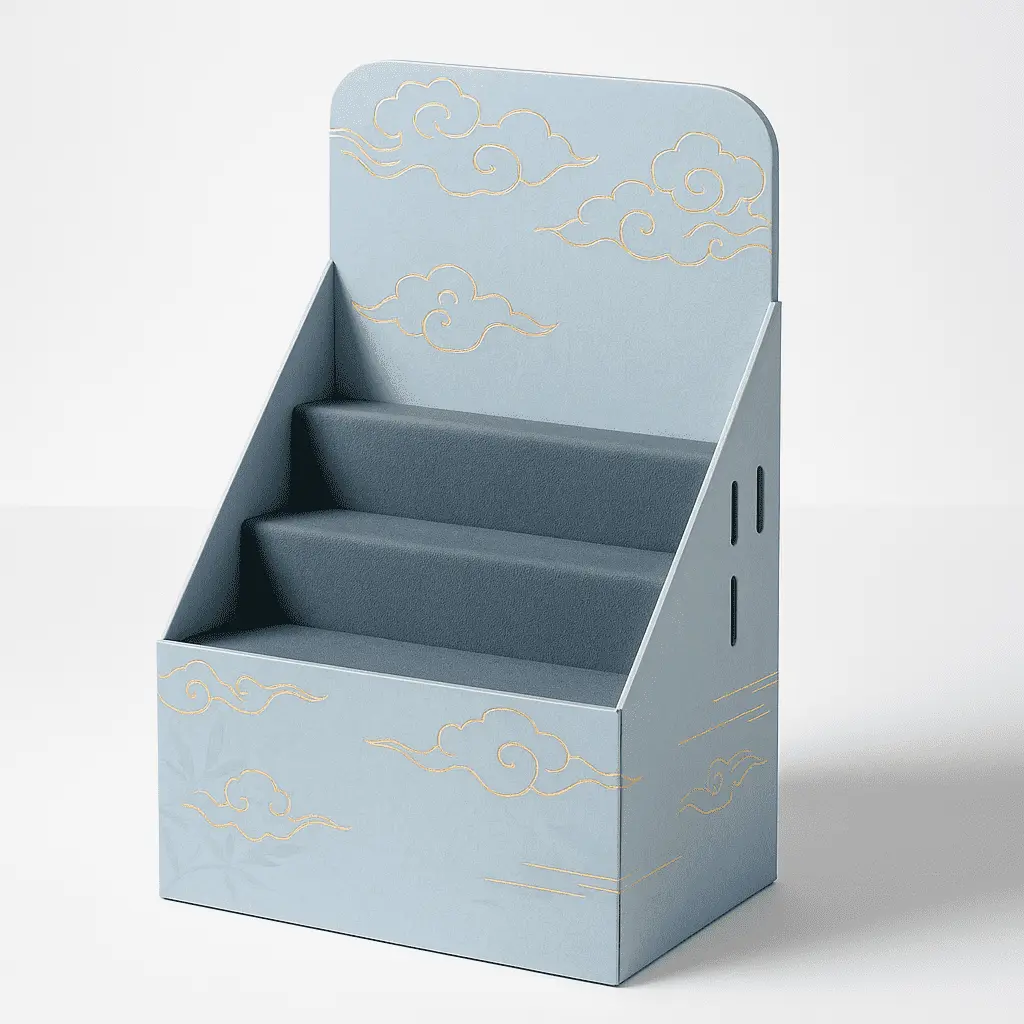Sustainable and Eco-Friendly PDQ Display Solutions
Biodegradable Materials Taking Center Stage
In the quest for sustainability, PDQ retail displays are embracing biodegradable materials. Innovative packaging engineers are developing displays using materials like bamboo, mycelium (fungal-based materials), and recycled ocean plastics. These eco-friendly alternatives not only reduce environmental impact but also appeal to environmentally conscious consumers. The texture and appearance of these materials add a natural, premium feel to displays, elevating the perceived value of products.
Modular and Reusable Designs
Sustainability in PDQ displays extends beyond materials to design philosophy. Modular PDQ systems are gaining traction, allowing retailers to reconfigure displays for different products or seasons. This adaptability reduces waste and extends the lifespan of display units. Some innovative designs incorporate easily separable components, facilitating recycling at the end of their life cycle. This approach not only aligns with circular economy principles but also offers cost-effective solutions for retailers.
Energy-Efficient Lighting Solutions
Illumination plays a crucial role in attracting attention to PDQ displays. The trend is moving towards energy-efficient LED lighting systems, some powered by solar panels or kinetic energy from customer interactions. These lighting solutions not only reduce energy consumption but also create dynamic, eye-catching displays that stand out in busy retail environments. Smart lighting systems that adjust brightness based on ambient light or store hours further optimize energy use.
Tech-Integrated PDQ Displays for Enhanced Engagement
Augmented Reality (AR) Experiences
AR technology is revolutionizing PDQ retail displays by offering immersive product experiences. Shoppers can use their smartphones to interact with displays, accessing additional product information, usage demonstrations, or even virtual try-ons. This technology bridges the gap between physical and digital retail, providing a richer, more informative shopping experience. AR integration also allows for personalized content delivery, tailoring the information presented based on consumer preferences or shopping history.
Interactive Touch Screens and QR Codes
Interactive elements are becoming integral to PDQ display design. Touch screens embedded in displays allow customers to browse product variants, check availability, or learn about product features. QR codes on displays link to detailed product information, customer reviews, or promotional offers, enhancing the shopping experience without requiring additional floor space. These technologies also provide valuable data on customer interactions, helping retailers and brands optimize their offerings and marketing strategies.
IoT-Enabled Stock Management
Internet of Things (IoT) technology is transforming PDQ displays into smart, data-driven units. Sensors integrated into displays can monitor stock levels in real-time, triggering automatic reordering when supplies run low. This ensures products are always available, maximizing sales opportunities. Additionally, these systems can track customer engagement patterns, providing insights into product popularity and display effectiveness, allowing for data-driven merchandising decisions.
Customization and Flexibility in PDQ Display Design
Personalized Product Recommendations
Advanced PDQ displays are incorporating AI-driven recommendation systems. Using cameras and sensors, these displays can analyze customer demographics and behavior, offering personalized product suggestions. This level of customization not only enhances the shopping experience but also increases the likelihood of impulse purchases. The technology can also adjust display content based on factors like time of day, weather, or local events, ensuring relevance and maximizing impact.
Adaptable Sizing and Configurations
Recognizing the diverse needs of different retail environments, PDQ retail display designs are becoming increasingly flexible. Adjustable shelving, interchangeable graphics, and modular components allow retailers to customize displays for various product sizes and store layouts. This adaptability extends to the ability to quickly transform displays for seasonal promotions or special events, ensuring that retail spaces remain dynamic and engaging year-round.
Multi-Sensory Experiences
Engaging multiple senses is becoming a key strategy in PDQ display design. Beyond visual appeal, displays are incorporating elements like scent dispensers for fragranced products, audio systems for sound-based promotions, and textured surfaces for tactile engagement. These multi-sensory experiences create memorable interactions, fostering a stronger connection between consumers and products. Some innovative designs even include temperature-controlled sections for sampling beauty products or food items, further enhancing the experiential aspect of shopping.
Conclusion
As we look towards 2025, PDQ retail displays are set to become more than just product showcases; they will be dynamic, interactive, and sustainable touchpoints in the customer journey. The integration of technology, focus on sustainability, and emphasis on customization and flexibility will redefine how products are presented and experienced in retail environments. These trends not only address the evolving needs of consumers but also offer retailers innovative ways to differentiate themselves in a competitive marketplace. By embracing these advancements, brands and retailers can create more engaging, efficient, and environmentally responsible retail experiences.
Contact Us
Ready to revolutionize your retail displays? At Guangzhou Huadu Fetching Color Printing and Packaging Co., Ltd., we're at the forefront of innovative PDQ retail display design. Our team of expert packaging engineers can help you create custom solutions that align with these emerging trends. Contact us today at support@fetchingprinting.com to discuss how we can elevate your brand's retail presence with cutting-edge PDQ displays.





